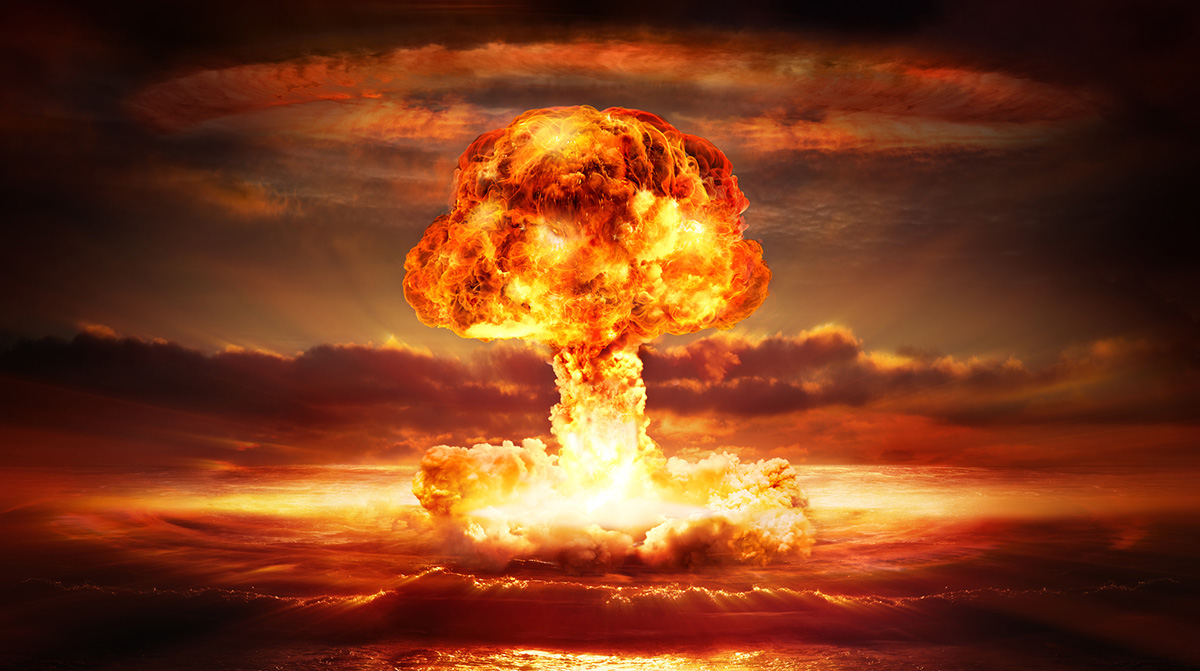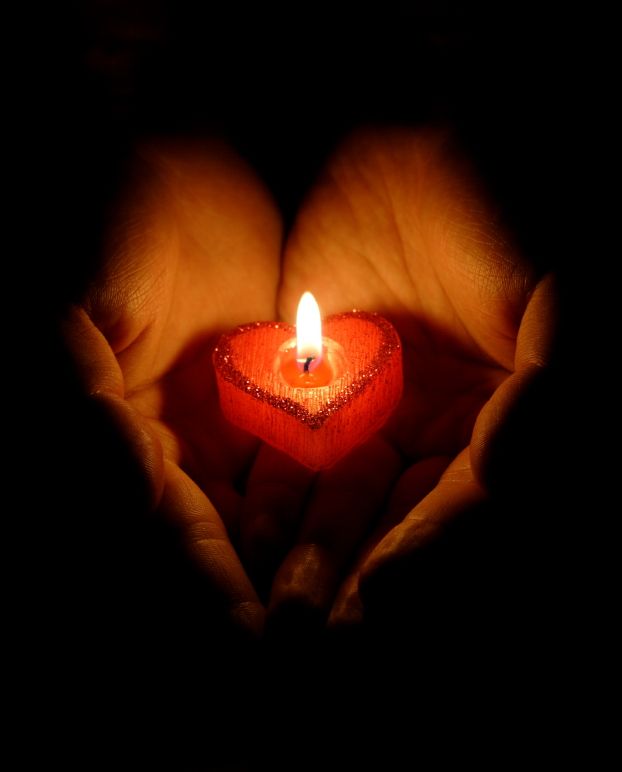With rising global tensions and fears of World War III gaining traction, nuclear preparedness is no longer a relic of the Cold War—it’s a vital part of civilian safety planning. Military escalations and high-stakes diplomacy have created a world in which the unthinkable is once again possible. Experts warn that the first ten minutes after a nuclear detonation are the most critical for survival, offering a brief but essential window to act decisively.
Rising Tensions and the Renewed Nuclear Threat
Recent U.S. airstrikes on Iranian nuclear sites, along with ongoing hostilities between nuclear-armed nations like Russia, China, and North Korea, have raised international alarm. These events, coupled with continued concerns about Iran’s nuclear ambitions and rogue actors obtaining portable nuclear devices, have brought the threat of a nuclear event to the forefront of public consciousness.
One anecdote from Vice President J.D. Vance captured headlines this month when he recounted a moment in the Oval Office where former President Donald Trump jokingly pressed his infamous red “Diet Coke” button during a tense call with a foreign leader—momentarily terrifying his vice president, who thought it might trigger a nuclear strike. The story, while humorous in hindsight, underscores how real and present the nuclear decision-making process is within the highest levels of government.
Why the First Ten Minutes Matter
When a nuclear device detonates, the effects unfold in waves: the initial blast, intense heat, electromagnetic pulse (EMP), and then radioactive fallout. While the blast and heat do immediate damage, the fallout—the spread of radioactive particles—is what poses long-term danger. Fallout usually begins settling 10 to 60 minutes after the explosion, depending on the size, altitude, and weather. This delay offers a life-saving opportunity.
Immediate Actions: What to Do Right Away
Minutes 0–2: React Immediately
-
If you see the bright flash of a detonation, drop to the ground, cover your head, and shield yourself from flying debris.
-
Once the shockwave passes, do not run outside or try to gather belongings. Instead, move quickly toward the best shelter.
Minutes 2–5: Get to Shelter
-
The best protection is deep inside concrete or brick buildings—especially basements or underground parking garages.
-
Subway tunnels and large multi-story buildings with dense walls also offer significant shielding from radiation.
-
Stay away from windows and exterior walls where fallout will settle.
Minutes 5–10: Seal and Fortify Shelter
-
Close all doors, windows, and vents to block radioactive particles.
-
Move to the most central, lowest point of the building.
-
Use heavy furniture, books, or supplies to create a barrier between you and outside air.
The Fallout Threat and How to Stay Safe
Radioactive fallout is made up of microscopic particles that descend from the mushroom cloud and contaminate everything they touch. Acute radiation exposure can cause illness or death within hours, while long-term exposure leads to cancer and genetic damage.
Experts use the “7:10 Rule” to describe radiation decay: for every 7-fold increase in time, exposure drops 10-fold. This means radiation drops by 90% after 7 hours and by 99% after 48 hours. Staying sheltered during this period is vital.
Long-Term Survival Tips
-
Remain sheltered for at least 24–48 hours unless otherwise instructed.
-
Have supplies ready: food, water, battery-powered radios, flashlights, medical supplies, and sanitation essentials.
-
Avoid leaving shelter prematurely unless you receive verified information it is safe.
Urban vs. Rural Considerations
In cities, look for subways, basements, or interior concrete spaces. In rural areas, identify sturdy buildings with brick or concrete construction in advance. Vehicles offer minimal protection and should only be used to reach shelter if safe to do so.
Mental Readiness Is Key
Surviving a nuclear event is not only about physical preparation—it’s about mental readiness. Understanding your options, practicing response plans, and staying calm under pressure can save lives. The story of Eizo Nomura, who survived Hiroshima by being in a basement just 170 meters from ground zero, shows that survival is possible, even near the heart of the blast, with the right shelter.
Final Word: Knowledge Saves Lives
While no one wants to imagine a nuclear detonation on U.S. soil, understanding what to do in those first ten minutes could be the difference between life and death. In a world where nuclear threats are no longer theoretical, preparation is not paranoia—it’s survival.
Stay informed. Stay ready. And remember: where you are and what you do in the first ten minutes could determine everything.

Sarah Mitchell is a bestselling novelist recognized for her insightful and emotionally resonant stories that explore the complexities of human relationships. Originally from Denver, Colorado, Sarah grew up in a family of teachers who nurtured her curiosity and love for storytelling. She studied psychology at Stanford University, where she became fascinated by the intricacies of human behavior—an interest that would later shape her writing career. Sarah’s novels are praised for their nuanced characters, intricate plots, and ability to capture the subtle tensions that define love, friendship, and family ties. Her breakthrough novel, The Spaces Between Us, became an instant bestseller, lauded for its honest portrayal of strained family relationships and the fragile bonds that hold people together. Since then, she has published several works that continue to captivate audiences around the world. Outside of her writing career, Sarah is passionate about mental health advocacy and often partners with organizations to promote awareness and support for those struggling with emotional well-being. Her personal life is quieter—she enjoys hiking in the Colorado mountains, practicing yoga, and spending time with close friends. With each new book, Sarah Mitchell cements her reputation as a writer who illuminates the beauty and struggles of human connection.









